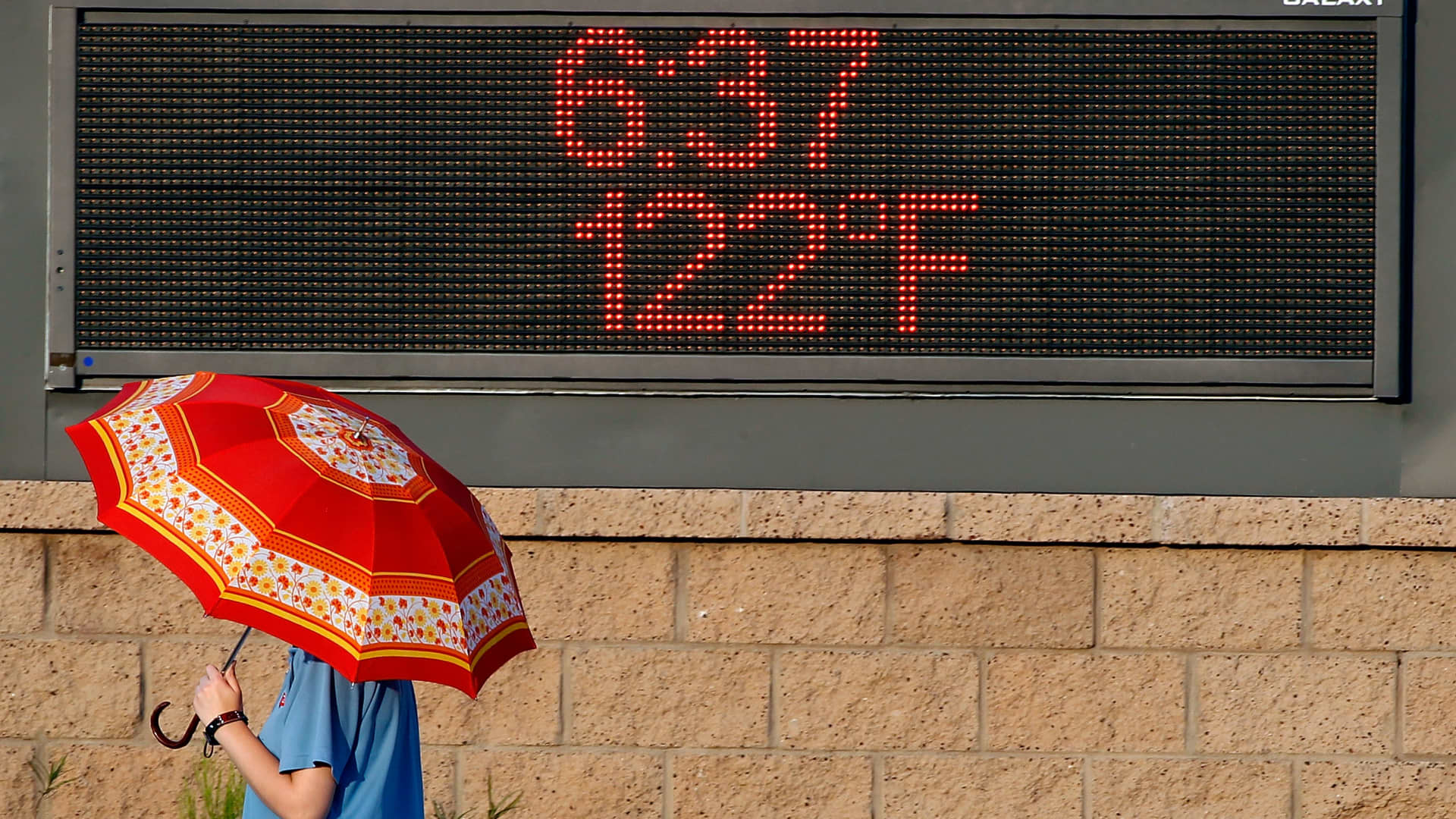Always home? Reduce energy usage to save money – C&G Newspapers
Energy Disrupter
METRO DETROIT — In the early months of 2020, most children spent their weekdays at school and most adults spent their weekdays at a job, both of which likely meant that the energy needed to heat or cool the air around them, and to power computers, tablets and phones, might have been paid for by someone else.
But since March, more people have been spending their every waking moment working, learning and living at home, and, as a result, they may be racking up higher home energy bills.
“They’re staying home more, so, unfortunately, home energy use will increase,” said Kimberly Huffman, senior communications strategist in corporate communications for DTE Energy.
Although the company doesn’t have specific data on how much energy use has increased in residential homes, she said they have seen a definite increase since the pandemic hit Michigan in March.
DTE Energy and Consumers Energy, however, both have departments whose sole focus is helping residents and businesses find ways to reduce their energy usage and waste, from reducing heat loss to managing how much electricity is used by smartphones, tablets, TVs and computers.
Visitors to DTEenergy.com/saveenergy will find tools and tips for saving money, along with available programs and rebates, Huffman said. Under an upgrade program offered by the utility, residents can get rebates up to $900 for upgrading their furnace or boiler to a higher-efficiency model.
There is an interactive home tool that residents can use to go through each room of their homes to identify energy savings, and the DTE Insight App also helps track energy use in real time.
“It helps you find more ways to save. It sends you messages and reminders. You can set a budget,” she said.
There are plenty of lower-tech ways to save on energy costs, as well.
“The Department of Energy estimates that about half your energy bill is for space heating and cooling,” Huffman said.
Those who don’t have, and use, a programmable thermostat can save about $180 a year by properly setting and maintaining such a thermostat, which will regulate the temperature in a home depending on the time of day and day of the week. Huffman said DTE recommends keeping the heat set at 68 degrees, or as low as possible, when someone is awake in the home, and reducing it by a degree or two at night and when no one is home.
On cold winter nights — or days for those who are working or learning from home — instead of bumping the thermostat up a degree or two when it feels cold, first put on a warmer sweater, socks or reach for a heavier blanket.
“Just add layers,” she said. “Add an extra blanket or a thicker blanket by your couch; then, try lowering that thermostat even more to save.”
Consumers Energy is offering free smart thermostats to households and small businesses to help them reduce costs. According to the utility, smart thermostats can help save 10% or more on energy bills and help the electric grid by reducing energy use when the demand for energy is highest. Residents can see if they qualify for a free smart thermostat at ConsumersEnergyStore.com or find energy-saving products with instant rebates at DTEmarketplace.com.
It is the darkest time of the year, but when residents use incandescent bulbs, they can lose up to 90% of the energy expended by the bulbs in the form of heat.
“LEDs can save you up to 90% more (in energy efficiency) than traditional incandescent and last up to 25 times longer,” Huffman said. “If you’re not willing or ready to switch out every bulb in your home, focus on the five most-used bulbs and just switch out those.”
When shoppers come into DeRonne Hardware, 28700 Harper Ave. in St. Clair Shores, looking to save money on energy, manager Ryann Stocker said the most popular items they buy are LED lightbulbs.
“Those save a ton of energy,” he said.
An LED light equivalent to a 40-watt incandescent bulb uses just 5 watts of power, he explained, while a 60-watt equivalent uses about 8 watts, a 75-watt equivalent uses 12 watts and a 100-watt equivalent uses about 15 watts.
In addition, he said, they also sell energy-efficient switches and dimmers to be paired with the lights for additional energy savings.
Sealing leaks and adding insulation to an attic can lead to up to $200 in annual savings on energy bills, Huffman said. While it’s likely too cold to caulk any leaks outside, residents can still add weather stripping to doors from the inside and caulk around windows where they feel a draft. In addition, she recommends taking a walk around the home to make sure no air vents are being blocked by a rug, a couch or a pile of papers. If they are, that heat isn’t getting into the room.
“You really want to make sure that your air flow is not blocked,” she said.
The air filters on furnaces and air purifiers should be changed at least once every three months. Huffman recommends doing so every time there’s a change of seasons, “especially now that we’re (at) home more.”
“It’s also going to keep dust and dirt from coming through and clean your air, as well.”
This is the time of year, Stocker said, that many people come into the hardware store for clear window insulation.
“It comes in a kit with tape. The consumer would put it on their windows, tape it up, and then take a blow dryer (or other heat source to create) suction to your window,” Stocker said. “That saves on a lot of air leaving out or drafts coming in.”
Any exposed ductwork should be sealed at the joints with mastic sealant or metal tape, available at any hardware store. Huffman said there can be about 20% air loss just from the ducts if they are not properly sealed. Storm windows can also help keep out the winter chill.
Some people use fireplaces to warm their home, but Huffman said it’s important to make sure the damper is closed unless there is a fire burning. Otherwise, she said, it’s like having a window open in the home.
The sun can help heat a home in the winter, too, provided the blinds or drapes are open, she said.
“In the wintertime, keep your drapes and blinds on the south side of your home open. In the summer, it’s the opposite; you want to close the shades and drapes,” she explained.
For those working from home, learning from home or just spending more time on Netflix at home than in the past, Huffman said it’s important to unplug devices when they are not in use.
She said that using a power strip can make remembering to unplug devices easier because it is just one switch to turn off at the end of the day. There are also “smart” power strips that only turn on certain outlets on the strip when one main device is turned on. For instance, a TV could be plugged into the “always on” outlet on the power strip, but the Blu-ray player, video game console and sound bar won’t get any power until the TV is switched on, saving energy.
Consumers Energy estimates that devices that continue to draw power when they appear to be turned off can cost up to $200 per year in wasted energy.
“We call those ‘energy vampires,’” Huffman said. “Once you’re done, any electric appliance you’re not using that you can unplug is really going to save” on energy costs.
Original Source: https://www.candgnews.com/news/always-home-reduce-energy-usage-to-save-money-119511

















